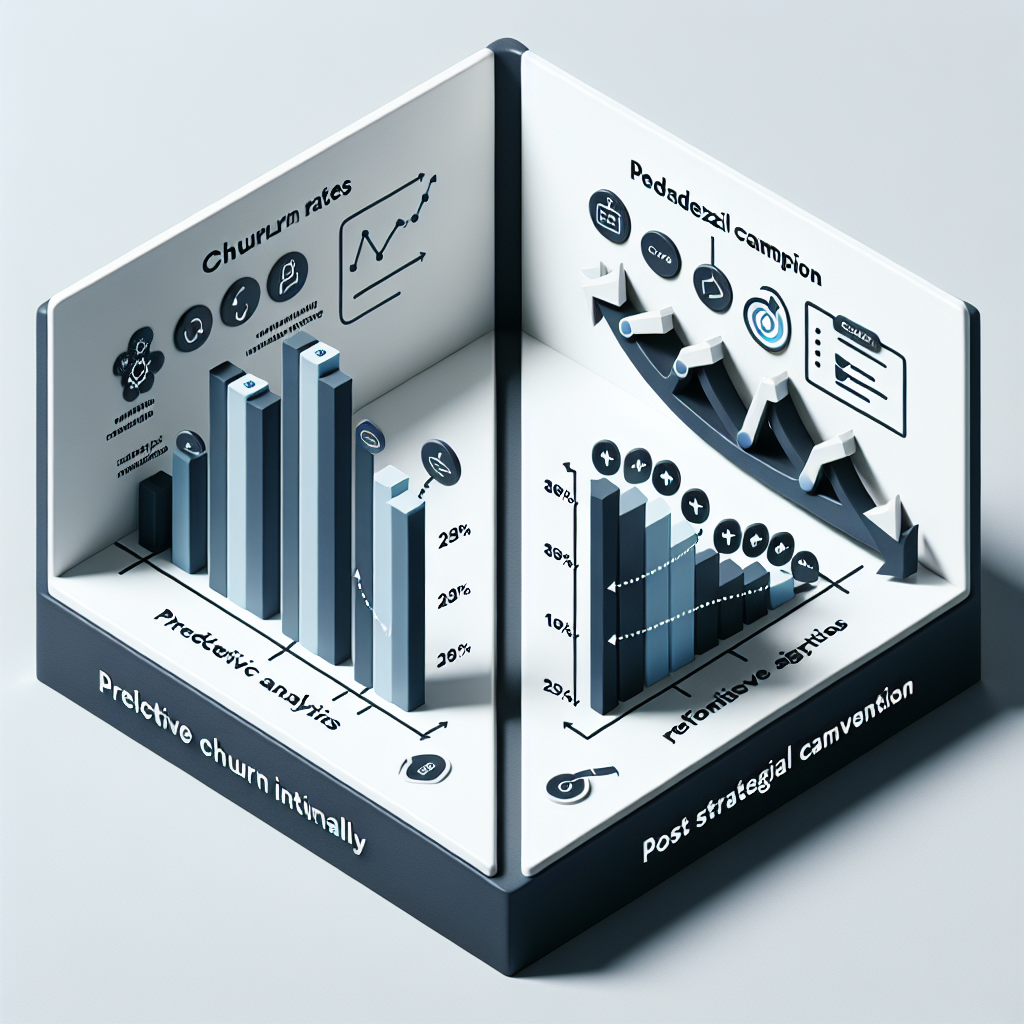Predictive Analytics
Reducing Churn with Predictive Analytics and Tailored Campaigns
- Jump to section:
- Predictive Analytics: The Engine for Growth Trend Recognition
- Pinpointing At-Risk Segments with Deep Market Signals
- Designing Tailored, High-Impact Retention Campaigns
- Integrating Analytics and Automation for Scalable Retention
- Measuring Churn Reduction: Continuous Improvement Through Feedback

Reduce Churn with Predictive Analytics
Growth trend recognition and churn prediction using predictive analytics can help you keep your users engaged. This article explores actionable market research and customer feedback strategies for reducing churn.
Predictive Analytics: The Engine for Growth Trend Recognition
Predictive analytics empowers teams to move from gut feelings to data-backed churn prevention. By ingesting historical and real-time customer data—including usage patterns, support history, and transaction flows—advanced models reveal which signals predict churn and which behaviors drive loyalty.
Integrating predictive insights with ongoing market trend analysis gives companies the ability to pinpoint high-risk cohorts early and proactively implement interventions that outpace the competition.
Pinpointing At-Risk Segments with Deep Market Signals
The first step to meaningful churn reduction is identifying customers at risk, using a blend of engagement analytics, customer feedback, and social trend analysis. Pattern recognition powered by predictive models segments your user base by risk and opportunity, surfacing which groups require unique attention.
With this market intelligence, growth teams can focus on root-causes of churn, which frequently align with gaps identified in competitor analysis or UI design feedback, enabling targeted and effective outreach.
Designing Tailored, High-Impact Retention Campaigns
Once you’ve identified vulnerable segments, it’s time to craft retention campaigns tailored to their preferences and pain points. Leverage insights from predictive analytics and user feedback to deliver personalized incentives, relevant messaging, and timely interventions.
Strategic product planning based on this intelligence means every campaign—from feature education to special offers—addresses real drivers of satisfaction for each cohort, closing competitor-driven gaps and growing loyalty.
- Map unique value propositions to distinct customer segments based on data insights.
- Select communication channels and content proven to resonate with each target group.
- Continuously track campaign results, iterating based on analytics and direct user feedback.
Integrating Analytics and Automation for Scalable Retention
To turn analytics into action at scale, integrate predictive models with your CRM, marketing automation, and customer data platforms. Automation ensures campaigns are triggered at optimal moments, while analytics continuously refine messaging, timing, and segmentation.
Seamless integration aligns your retention efforts with broader market research, competitor comparisons, and product development initiatives for measurable, organization-wide impact.
- Automate retention workflows based on live risk signals and milestones.
- Connect analytics platforms with campaign management and market intelligence tools.
- Use A/B testing to continuously refine campaign elements for maximum effectiveness.
Measuring Churn Reduction: Continuous Improvement Through Feedback
Churn reduction is an ongoing process—success comes from tracking the right KPIs, learning from customer action, and making incremental improvements. Metrics like churn rate, NPS, engagement, and customer lifetime value should be paired with qualitative feedback and growth trend analysis.
Close the loop by incorporating user feedback and UI design insights into future campaign iterations, ensuring each round of retention strategy is more targeted and effective than the last.
- Define specific metrics for churn reduction, retention, and user satisfaction.
- Regularly analyze performance and gather customer feedback to drive iteration.
- Apply insights from market research and user feedback to optimize new retention initiatives.
Instantly compare features and user sentiment across your market. Get a competitor snapshot with real feedback and web proof—free.